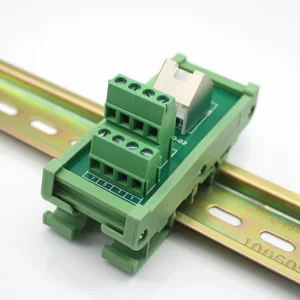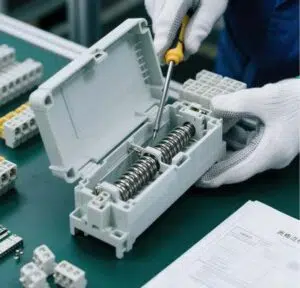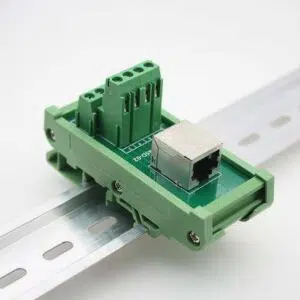Part1. Components of a Push-In Terminal Block
At the heart of every push-in terminal block lies its ingenious mechanism. Unlike traditional screw terminals, these units employ a spring-loaded connection system. This mechanism securely clamps the conductor upon insertion, eliminating the need for tools, tightening screws, or periodic retightening.
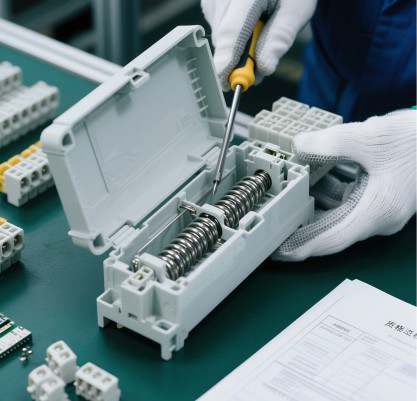
The conductor is simply pushed into the opening, and the internal spring cage applies constant pressure, ensuring a vibration-proof and gas-tight connection. This design fundamentally streamlines the wiring process, enhancing both speed and reliability.
Diverse Designs for Varied Applications
The versatility of push-in terminal blocks extends to their numerous types, catering to a wide array of industrial and commercial needs. While the core push-in principle remains consistent, variations in design offer specialized functionalities. Common types include single-row terminal blocks, ideal for straightforward point-to-point connections, and multi-row terminal blocks, which provide higher density wiring solutions in compact spaces.
While leading manufacturers like Phoenix Contact push-in terminal blocks and Weidmuller push-in terminal blocks offer extensive portfolios, AOSI delivers the same rigorous performance standards at a more competitive price. AOSI pluggable terminal block meet international certifications (UL, CE, RoHS) and undergo stringent quality testing to ensure reliability matching premium brands.
AOSI’s comprehensive product line covers diverse voltages, currents and mounting configurations, providing cost-effective solutions for industrial and commercial applications. Upgrade your wiring solutions with AOSI – where international-grade quality meets affordable pricing. Contact us to find the perfect terminal blocks for your application.
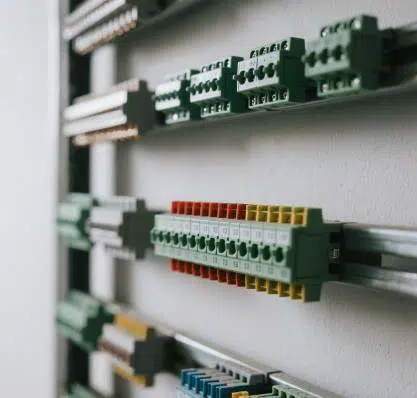
Part2. Essential Wire Preparation for Push-In Terminals
Proper wire preparation ensures reliable push-in terminal connections. Begin by selecting the correct conductor type (solid, stranded, or ferruled fine-stranded) per manufacturer specifications. Verify wire gauge and insulation meet voltage, current, and environmental requirements – incorrect choices risk connection failure.
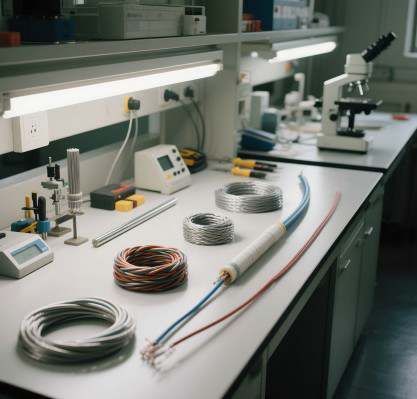
For optimal results:
- Strip precisely to manufacturer-specified length using quality auto-adjusting strippers
- Avoid strand damage which increases resistance
- Ensure clean exposure for gas-tight connections
Tool Requirements:
- High-precision strippers for consistent preparation
- Screwdriver (for release mechanism access when needed)
Key Reminders:
- Never exceed recommended wire gauge
- Always use ferrules for stranded wires
- Confirm stripping length matches terminal depth
Proper preparation prevents 90% of push-in terminal issues while maximizing connection lifespan.
Part3. Step-by-Step Guide to Proper Wire Insertion in Push-In Terminal Blocks
Follow this precise procedure to ensure secure and reliable connections,And to better understand how spring-loaded push in terminal blocks are wired, watch the video below:
1. Terminal Inspection
Begin by examining the terminal block. Identify the insertion point (typically marked) and release mechanism. Note any visual indicators or tactile feedback features that confirm proper insertion.
2. Wire Preparation
- Check manufacturer specifications for exact stripping length (often printed on housing or in datasheet)
- Use quality strippers to remove insulation cleanly to specified length
- For stranded wires: Always apply ferrules to prevent strand separation
- Ensure no damaged strands or excess exposed conductor
3. Insertion Technique
- Align prepared wire straight with insertion opening
- Apply firm, steady pressure until fully seated
- Expect positive engagement (audible click or tactile feedback)
- Solid-core and ferruled wires should insert smoothly in one motion
4. Connection Verification
- Perform pull test: Gentle tug should not dislodge wire
- Any movement indicates improper installation
- Correctly seated wires resist removal without release mechanism
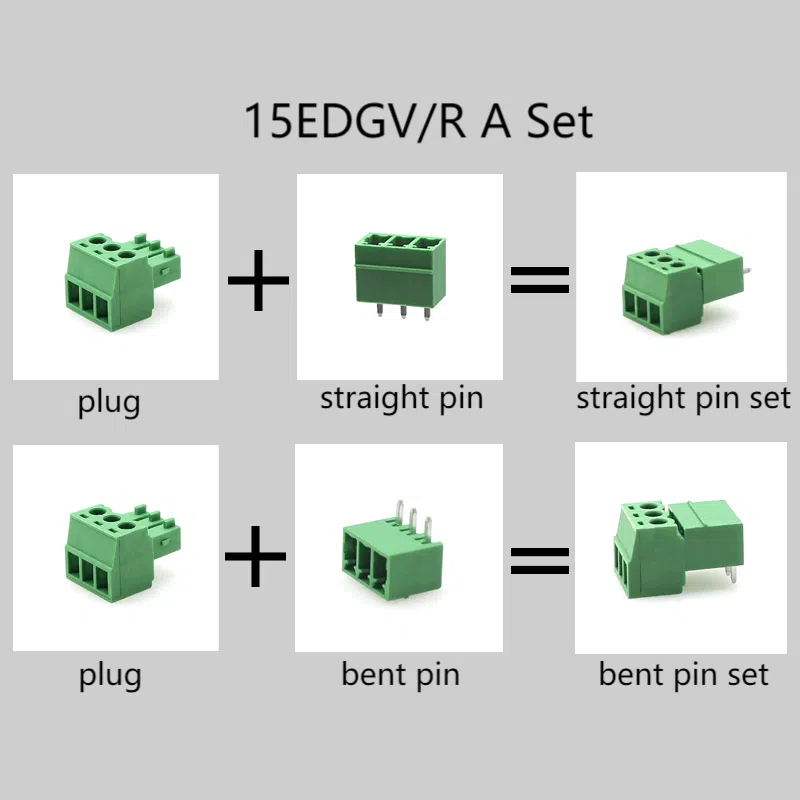
5. Electrical Testing (Recommended)
For critical applications:
- Use multimeter to verify continuity
- Check resistance across connection points
- Confirm unimpeded current flow
Key Tips:
- Never force insertion – reassess if resistance is encountered
- Maintain straight wire alignment during insertion
- For difficult insertions, verify wire preparation first
- Always follow manufacturer’s torque specifications if applicable
Part4. Troubleshooting Push-In Terminal Blocks: Key Issues & Fixes
Wire Insertion Problems
Ensure wires are properly prepared: solid core or ferruled strands only. Verify wire gauge matches specifications and check for proper stripping length (insulation must not exceed terminal depth). For stranded wires, always use ferrules to prevent fraying.
Loose Connections
Test connections with a gentle pull. Movement indicates improper installation – typically caused by incorrect stripping length or undersized wire. Re-strip to exact specifications and reinsert firmly.
Wire Gauge Errors
Oversized wires can damage spring mechanisms; undersized wires create unreliable connections. Strictly adhere to pluggable terminal block manufacturer’s specified wire range. This is particularly critical for precision terminals
Pro Tip: For persistent issues, consult the terminal block’s datasheet for exact wire specifications and insertion force requirements.
Conclusion
You’ve learned how push-in terminal blocks revolutionize wiring with their ease of use, safety, and reliability. AOSI’s UL-certified push-in terminal blocks combine cutting-edge engineering with unmatched reliability for industrial and commercial applications. Our 2025 series features:
- Advanced spring-cage mechanisms for vibration-resistant connections
- Higher current ratings for demanding environments
- Tool-free operation with secure, gas-tight terminations
Why Professionals Choose AOSI:
✓ Factory-direct pricing for premium quality
✓ Dedicated technical support team
✓ Global shipping with fast turnaround
✓ Custom configurations available
Ready to simplify your wiring and enhance connection reliability? Explore our selection of push-in terminal blocks at AOSI’s website today. Contact us for samples, detailed specifications, or personalized engineering assistance to find the perfect solution for your next application.

